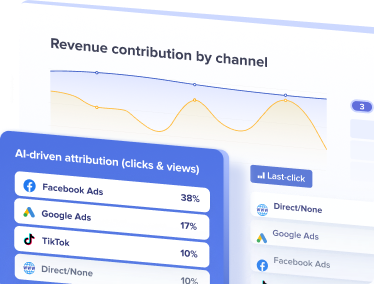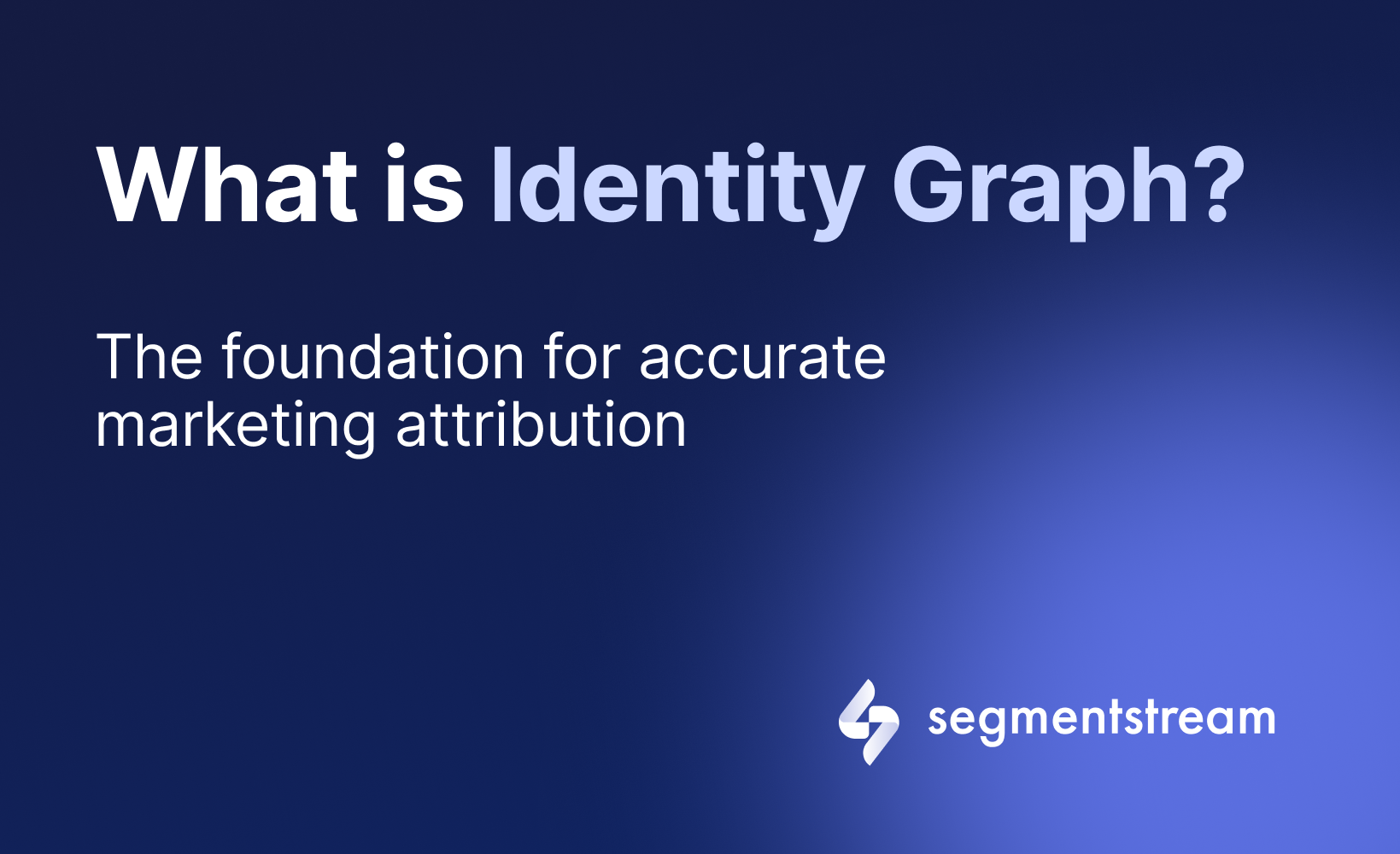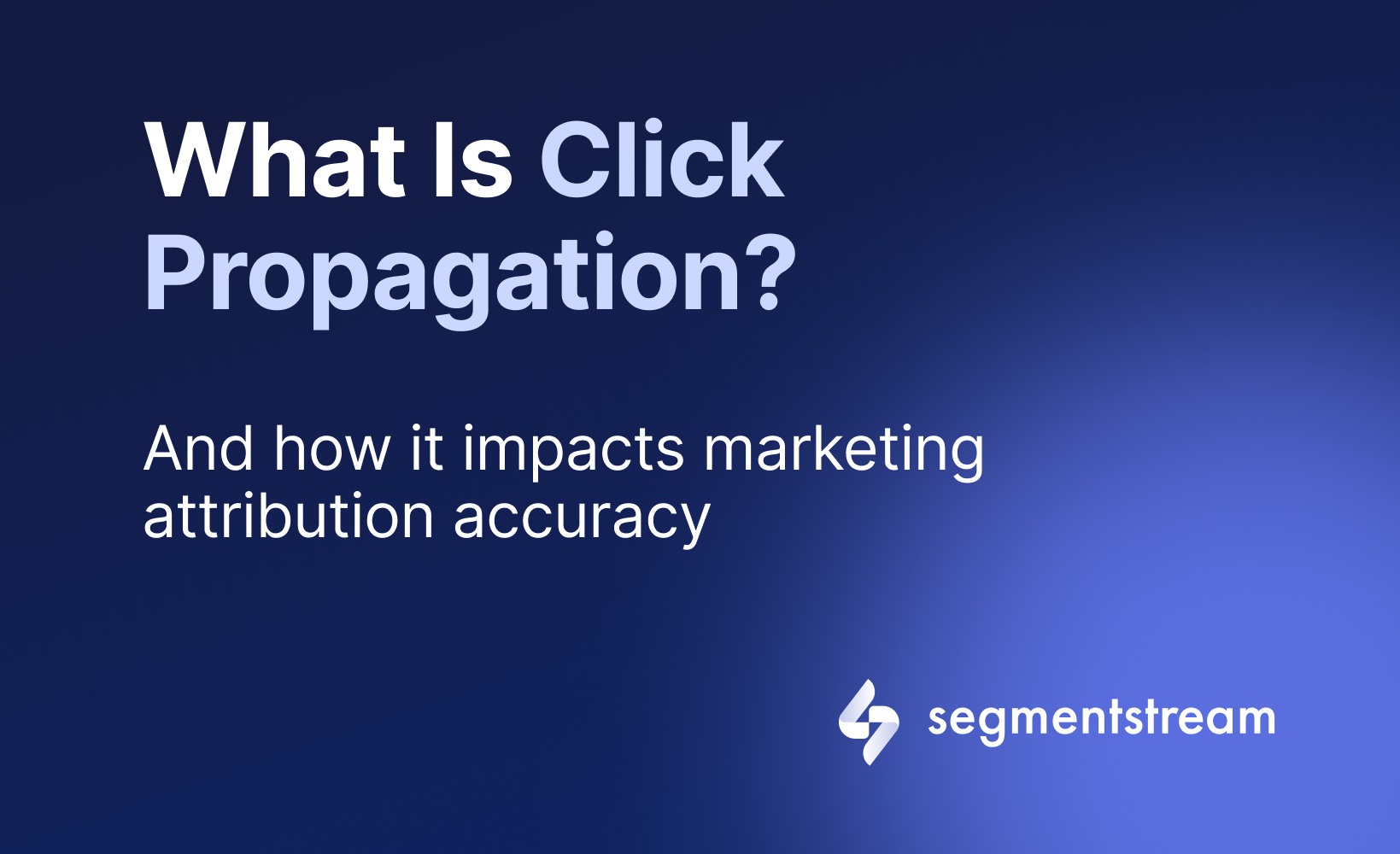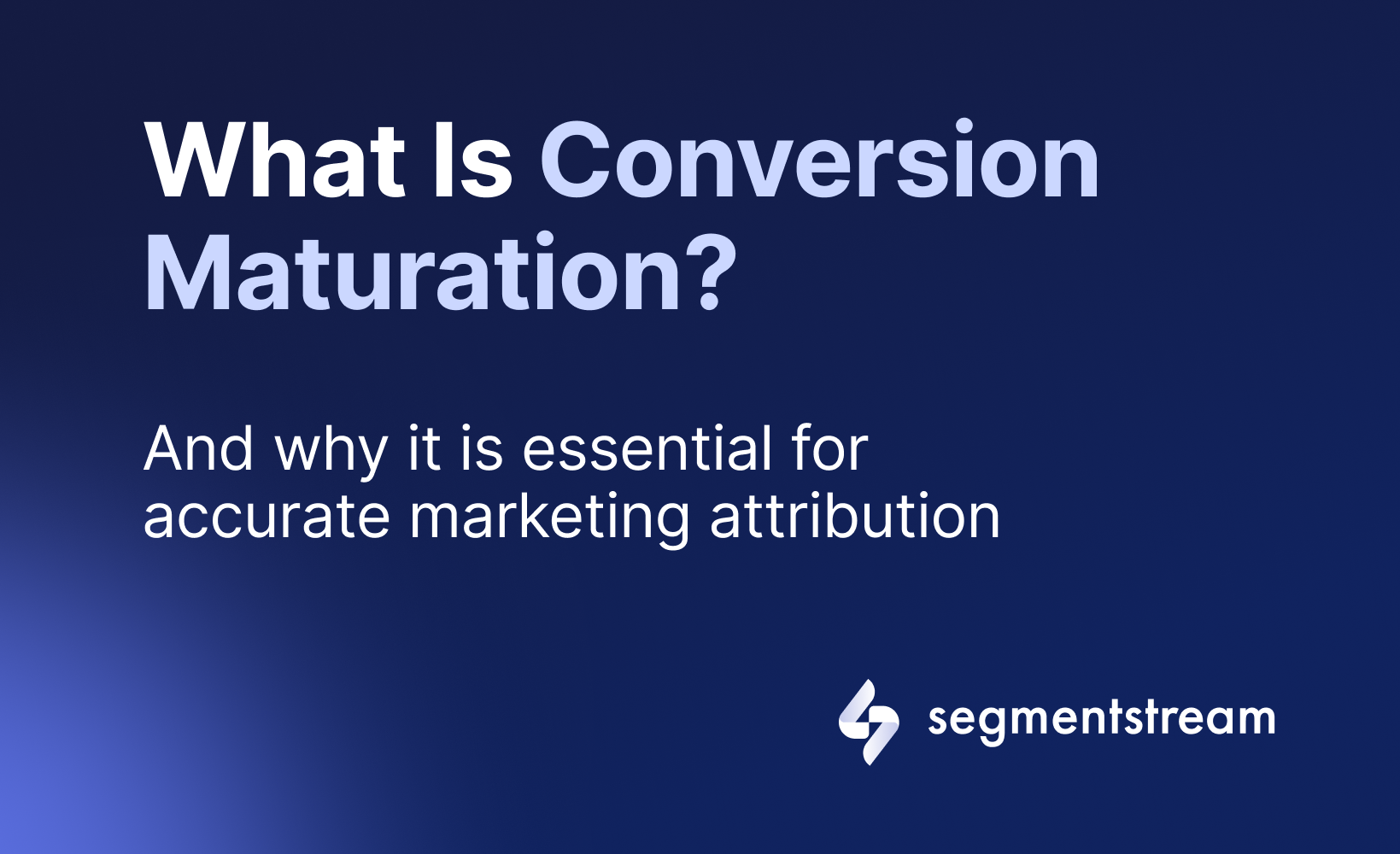
Attribution modelling

What is attribution modelling?
Attribution modelling is a process of setting rules for assigning credit to different touch-points along the customer’s journey leading to a conversion. The primary goal is to estimate the revenue contribution of various marketing activities, assisting marketers in effectively allocating their budgets.
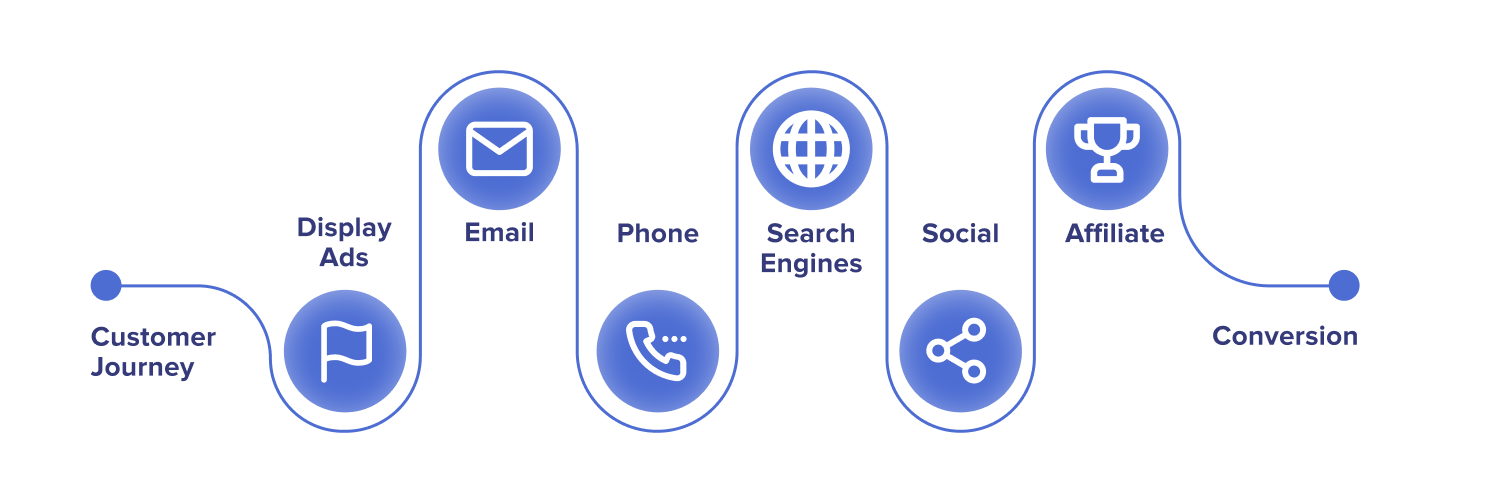
Marketing attribution models:
These are formulas used to figure out which marketing activities help lead to a sale.
1. Types based on rules or statistics:
- Deterministic Models: They follow set rules to give all credit to one action.
Example: If a customer clicks an ad and buys something, the ad gets all the credit.
- Probabilistic models: They use statistics to spread credit among different actions based on their likelihood to help in making a sale.
Example: If a customer sees an ad, reads an email, and then buys something, both the ad and email get some credit.
2. Types based on a number of actions considered:
1. Single-Touch models: They only consider one action.
Examples:
- First-Touch: The first action gets all the credit.
- Last-Touch: The last action gets all the credit.
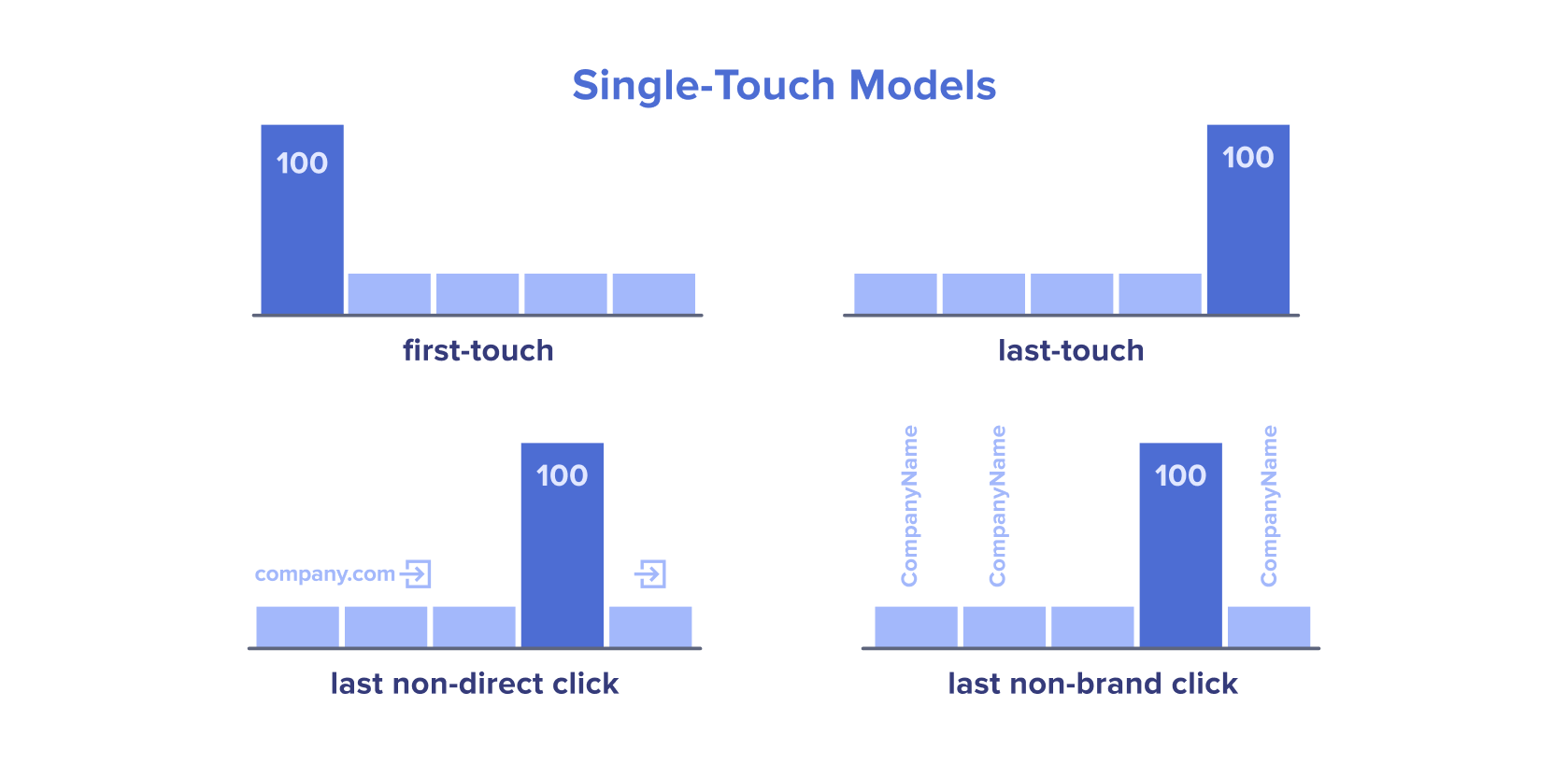
2. Multi-touch models: They consider multiple touchpoints.
Examples:
- Linear: Credit is split equally among all tracked touches.
- Time decay: Channels closer to the sale get more credit.
3. Algorithmic: Uses machine learning to give credit based on past sales data.
4. Full-path: Considers all actions and gives credit based on the sequence of actions.
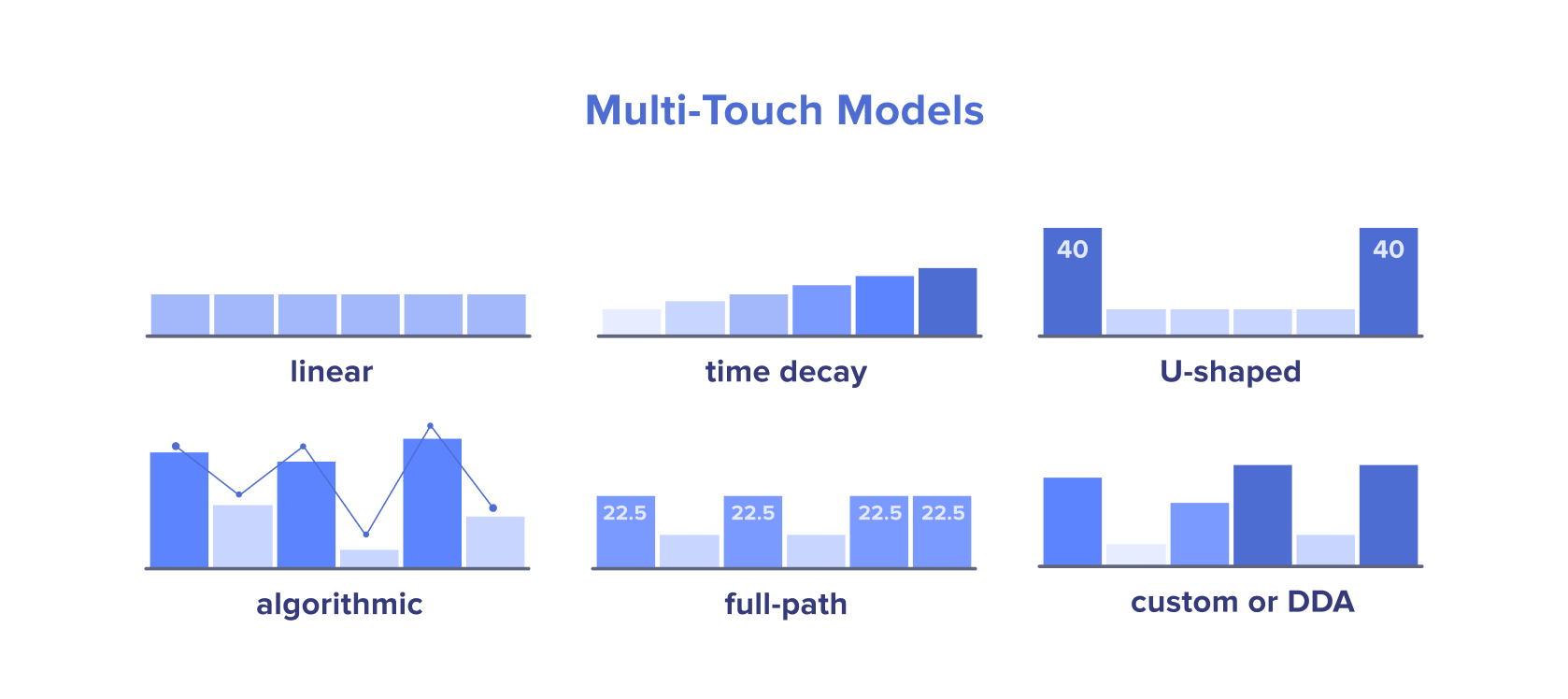
5. Data-driven: Analyzes various actions to give credit based on their contribution.
- Markov chains: Gives credit based on the likelihood of each action leading to a sale.

- Shapley value: Calculates the average contribution of each action to the sale.

6. Custom attribution models.
Pros and cons of marketing attribution:
Benefits of marketing attribution
◦ Attribution models offer the potential for real-time budget allocation by redirecting resources toward campaigns that appear to drive the most conversions, based on tracked data.
In theory, the concept of attribution is very promising - you can manage the budget according to the impact of channels and campaigns on the bottom line. But let’s figure out why it’s never the reality with existing attribution models:
Marketing attribution challenges
◦ It’s impossible to track the entire customer journey due to cookie restrictions and privacy regulations. This is bad news for the majority of attribution models relying on understanding the full customer journey.
◦ Bias toward what we can see: Attribution often favours easily trackable, click-based channels, overlooking significant offline or unlinked online touchpoints, dark social and impressions.
Inherent bias in attribution models:
For example, first-touch attribution overvalues the initial interaction, ignoring the complexity of user journeys, which is especially problematic for high-value goods or items with long consideration periods. You can use first-touch when your customers buy during the first visit or if you want to see which channels are most effective at introducing your brand to new audiences.
Then what’s wrong with the last click? Last-click attribution undervalues the top and middle of the funnel channels, pushing towards an overspend on paid brand search and neglecting awareness-building activities.
Altogether, even the most sophisticated attribution model will always fall short in accurately measuring the actual revenue impact of your prospecting campaigns like Paid Social, Display, or Video.
Alternative to attribution modelling:
There are more advanced options than outdated attribution models, like SegmentStream.
Unlike last-click or multi-touch, it recognises all the steps that lead users towards buying, even if they don’t lead to a sale right away. It uses machine learning to analyse lots of information like clicks, CRM data, and how people behave on your website.
This helps to really understand how each marketing effort is contributing to the bottom line.
FAQ
What is AI attribution?
There are attribution models that rely on machine learning for more accurate evaluation. For instance, SegmentStream combines the power of ML and first-party data. It analyses hundreds of data points: from impressions, clicks, and CRM details to user behaviour on the website, aiming to comprehend the real influence of each channel and campaign on the total revenue.
Is there cookieless attribution?
Cookieless attribution tools don’t solely depend on cookies to track user interactions and conversions. For instance, SegmentStream utilises first-party data and machine learning to offer attribution insights beyond just cookies. It analyses hundreds of data points: impressions, clicks, CRM details and even user behaviour on the website. This way, it helps better understand the actual impact each channel and campaign has on your revenue.
What’s wrong with multi-touch attribution?
Multi-touch attribution tries to track all customer interactions, but it can’t due to privacy rules and tech limits. This incomplete tracking can mislead on which marketing efforts really lead to sales, making budget decisions based on this data unreliable.
To solve this, you can consider alternative solutions like the SegmentStream platform. Unlike MTA, it doesn’t try to track every customer step. It uses AI and your own data to better understand how each marketing effort actually impacts your sales. Learn more here.
Optimal marketing
Achieve the most optimal marketing mix with SegmentStream
Talk to expert